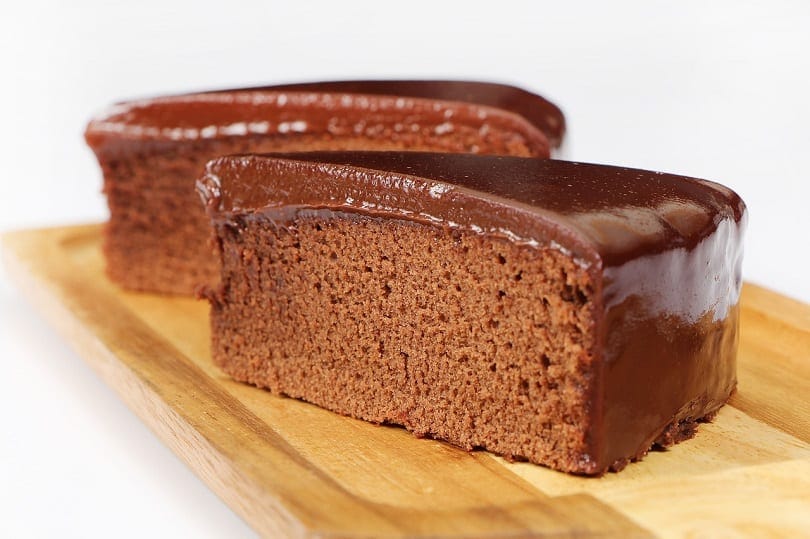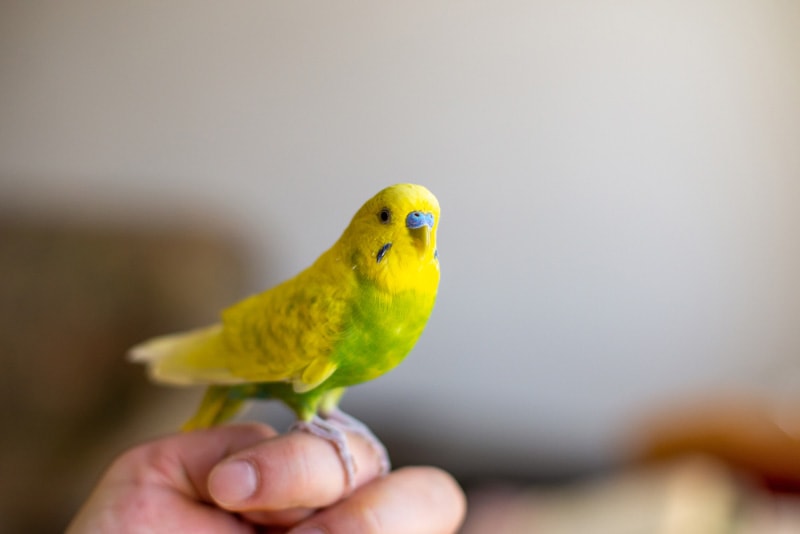When to Euthanize a Cat with Hyperthyroidism (Vet Answer)

Updated on
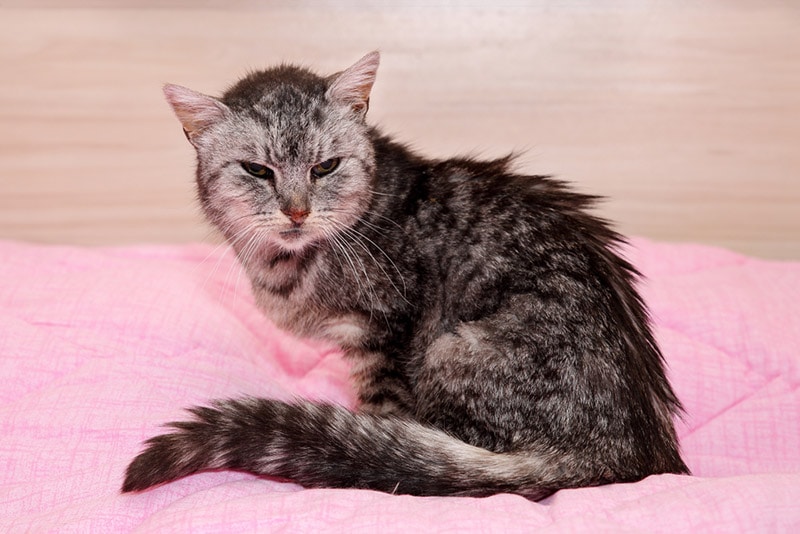
Hyperthyroidism is a disease where there is an overabundance in the secretion of thyroid hormones. This disease occurs most commonly in middle-aged to older cats. Signs that are often observed are an increased appetite, weight loss, increased drinking and urinating, hyperexcitability, and gastrointestinal signs (such as vomiting and diarrhea). In addition, an affected cat may have an enlarged heart with a high heart rate and/or murmur, as well as difficulty breathing.
At what point is it appropriate to consider euthanasia in a cat with hyperthyroidism? This is a difficult question to grapple with and at times there may not be a right answer. The number one recommendation is to have a conversation with your veterinarian. They are both your pet’s advocate and a guide for you, the owner, to help coach you in making end-of-life decisions for your beloved pet.
How Is Hyperthyroidism Diagnosed?
The disease can be diagnosed with specific lab work testing, (often used in conjunction with the observable signs) and in many cases, an enlarged thyroid upon physical exam. Treatment can consist of various options including radioactive iodine therapy, thyroidectomy (surgery to remove), life-long administration of an antithyroid drug (such as methimazole), or life-long nutritional therapy (giving an iodine-deficiency diet).
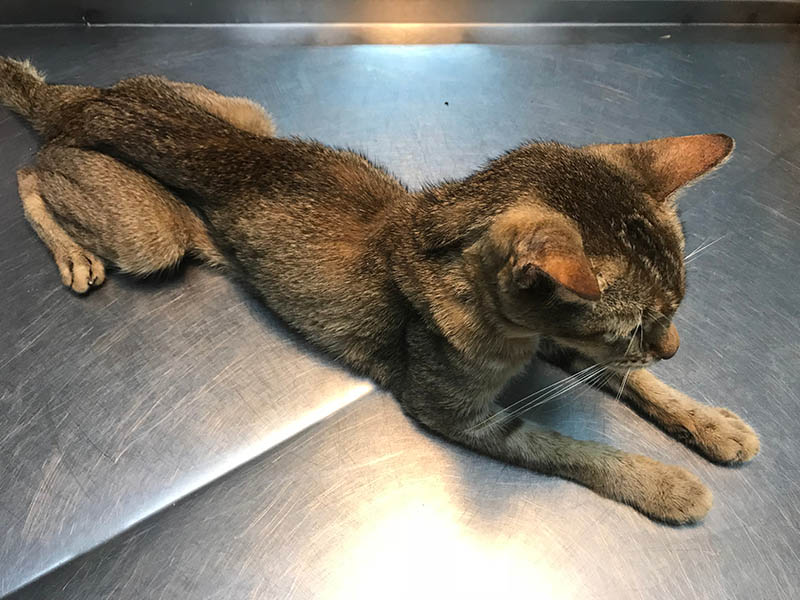
What Is Euthanasia?
Euthanasia comes from the Greek words “eu” which means good and “thantos” which means death. Achieving a “good death” is ending an animal’s life in a humane way to minimize pain and distress. In veterinary medicine, there are guidelines and recommendations for the profession of what this entails. While each veterinary practice and/or veterinarian will typically have their preferred protocols in place it will include the following broad steps: a quick loss of consciousness, losing motor function, stopping of the heart and breathing functions, loss of brain function, a confirmation of death, and removal of the deceased pet ethically and legally.
Often, this process may begin with some form of sedation to help calm the cat before euthanasia. Next, the euthanasia solution (typically a barbiturate or a mixture of which there are various brands) is given to stop the heart very quickly.
When Is It Appropriate to Consider Euthanasia for a Hyperthyroid Cat?
When a pet has an overall poor quality of life and changes cannot be made to try to help, it may be time to consider euthanasia. Some additional signs that euthanasia may be appropriate for your hyperthyroid cat include that despite treatment, there is a worsening of signs that lead to a poor quality of life, your cat is not responding well to various treatment options, or extreme sickness despite ongoing treatment.
A quality of life assessment can be a subjective matter based on feelings or emotions, but some objective ways to inform this decision could include making a list of your cat’s favorite things—what brings them comfort and happiness? As the list begins to dwindle or have things routinely crossed off, it may be a good time to truly consider their quality of life. Another option that was developed by a veterinary oncologist, Dr. Alice Villalobos, is the HHHHHMM scale.1 Here, there is a point scale for quality of life measuring the amount of Hurt, Hunger, Hydration, Hygiene, Happiness, Mobility, and More good days than bad. These categories are each scored and totaled; if above a specific number, it means the affected pet may still overall have a good quality of life.
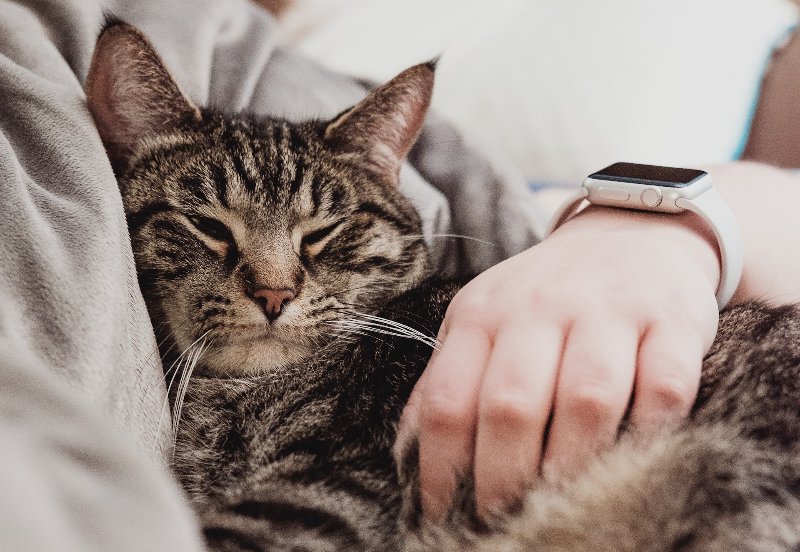
Is There Anything Else I Can Do for My Cat?
In some circumstances, palliative care may be an option prior to euthanasia. Palliative care is similar to nursing care in people, where those with serious illnesses near the end of their lives are given pain and symptom relief. This could include things such as pain management, nutrition and hydration support, wound care, acupuncture, modifications in the home to help the cat, etc.
A conversation with your cat’s veterinarian to see what options may be available or if they are a good option for your cat may give you both a little more time together.
How Can I Provide the Most Comfort to My Cat for Euthanasia?
Giving lots of kind, gentle words and tones with love is helpful in the final moments with your cat. While some may elect to have their cat euthanized at their local veterinary hospital, in many areas there are also house-call veterinarians who may be able to perform this procedure in a cat owner’s own home.
Some pet parents may want to be present for their cat’s euthanasia and some may not be physically or emotionally able to. This is a personal decision, and each person will need to decide what they feel is best. For many, they want to hold and comfort their pet in their last moments. If you are unable to be present, a blanket or article of clothing with a loved one’s scent or the cat’s favorite treat, food, or toy may bring increased comfort to the pet in their final appointment.
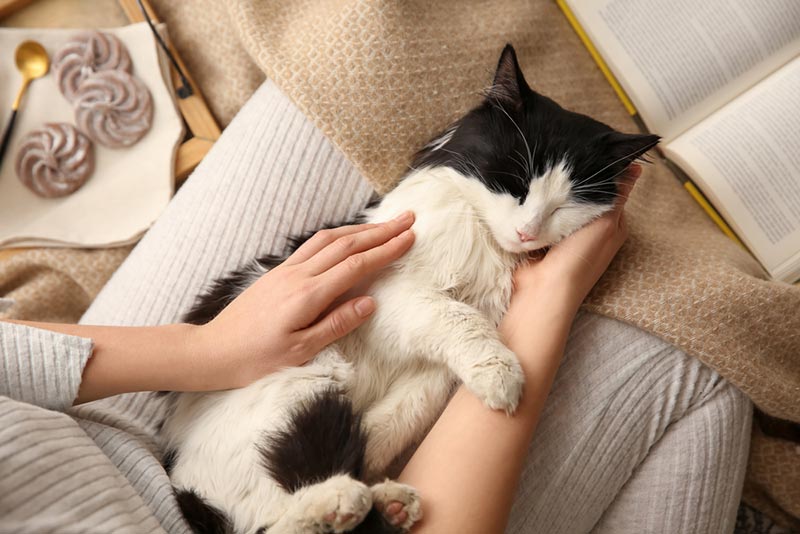
What Will Happen When a Pet Is Euthanized?
Understanding the specifics and knowing what to expect may help cat owners be more prepared to handle a difficult situation. Again, each practice and/or veterinarian will have their own protocols in place. Most often, a catheter is placed to provide intravenous (IV) access for fast and reliable service, a sedative to help calm a pet may be given, and then the euthanasia agent is given. Next, a veterinarian will confirm the pet has passed by ensuring there is no heartbeat or breathing. This process can happen very quickly (often in less than a minute).
It can be hard, but helpful, for a pet owner to know that even after a cat has been pronounced dead that the cat’s eyes will remain open, they may take an agonal breath, have twitching muscles, limb paddling, or loss of bowels. Regardless of these temporary actions, it is important to know their cat is no longer in pain.
After the process is complete, the cat’s body is treated with the utmost respect as the owner’s wishes for after-body care are taken care of. This can be communal cremation without receiving the ashes back, private cremation with receiving the ashes back, or taking the body home for burial as long as all local and federal laws are abided by.
Will My Pet Be in Pain?
A quick, light pinch for the catheter (or needle) placement is all the pain that is expected. This entire process is meant to be as painless, humane, and respectful as possible and it is often described as a pet feeling like they are drifting off to sleep.
This process can be extremely taxing and difficult emotionally. It is common for a pet owner to feel grief, stress, sorrow, or at times even guilt. Your veterinarian may have educational materials on the process, as well as information on support groups, hotlines, or counseling options. Recognizing the happy, loving moments, and memories you have had with their cat can be helpful. For others, asking for help or talking with family and friends may allow them to relieve stress while others may want to be alone as they process their grief. There is no right or wrong answer and each individual can process the event their own way, on their own timetable.
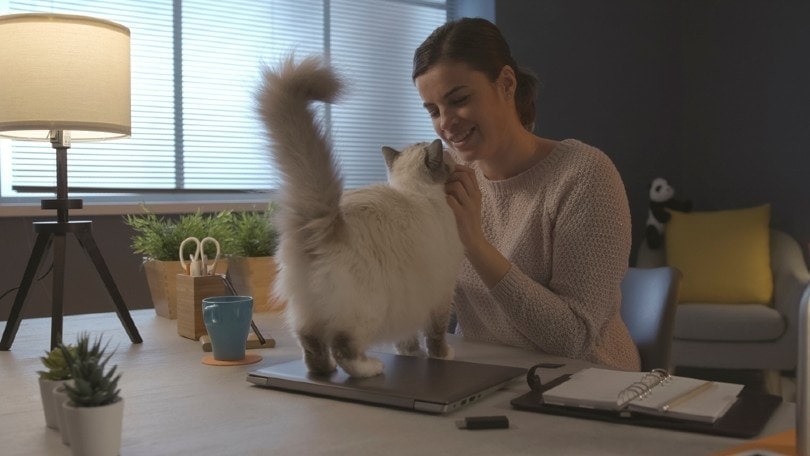
Conclusion
Deciding when to euthanize a beloved cat with hyperthyroidism is an extremely difficult and personal decision to make. Veterinarians will try to imagine themselves in both their patient’s paws and the pet owner’s shoes to help guide a sick cat’s situation. Ultimately, euthanasia can be a potential gift to help alleviate our feline friends from their pain and suffering.
This gift of relief can be one of the most loving and selfless acts that we can give our cats when they need it the most.
Featured Image Credit: Mahlebashieva, Shutterstock



